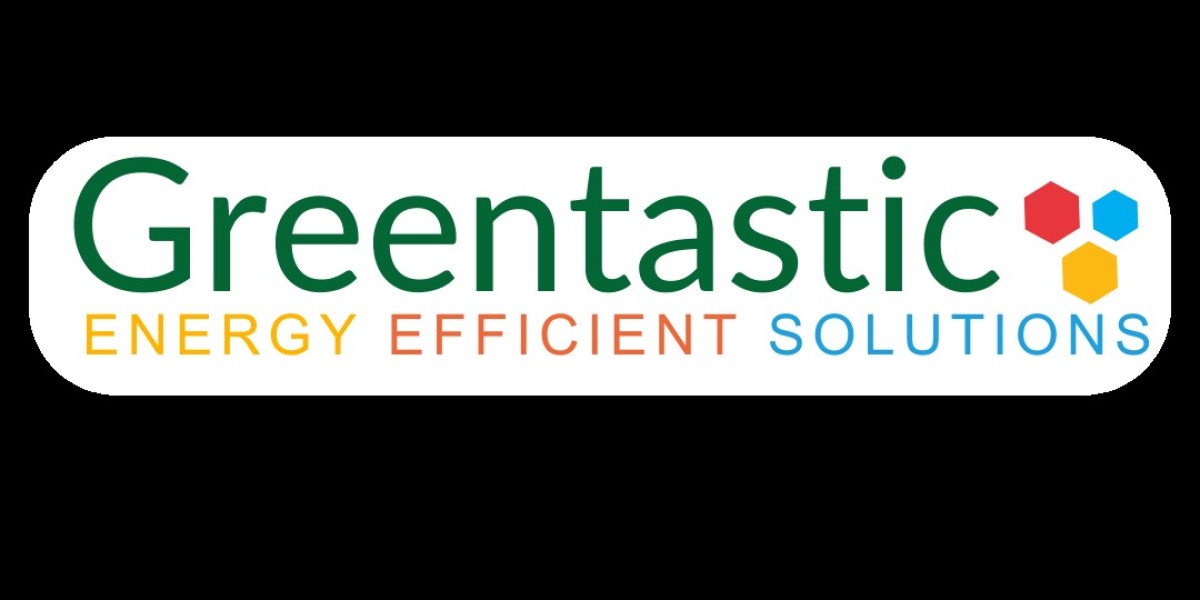Mold infestations can be a persistent and troublesome issue in homes, businesses, and industrial spaces. Mold not only damages property but also poses health risks to occupants. Traditional cleaning methods may not effectively reach all mold-affected areas, leaving behind hidden pockets of mold. Enter the mold fogger, a powerful and innovative tool that revolutionizes mold remediation. In this article, we will explore what a mold fogger is, how it works, and why it is a game-changer in the battle against mold.
What is a Mold Fogger?
A mold fogger is a specialized piece of equipment designed for the precise and efficient application of antimicrobial or fungicidal solutions to combat mold growth. It creates a fine mist or fog of these solutions, allowing them to penetrate even the most inaccessible spaces where mold commonly thrives.
How Does a Mold Fogger Work?
The mold fogger operates on a straightforward principle: it converts liquid solutions into tiny, airborne particles or droplets, creating a fog that can disperse throughout an affected area. Here's how it works:
Antimicrobial Solution: The first step involves selecting an appropriate antimicrobial or fungicidal solution based on the type of mold and the extent of the infestation. These solutions are typically formulated to not only kill existing mold but also inhibit future growth.
Fogging Equipment: The selected solution is poured into the reservoir of the mold fogger. There are different types of fogging equipment, including ULV (ultra-low volume) foggers and thermal foggers. ULV foggers use high-pressure air to create fine droplets, while thermal foggers heat the solution to produce a fog. Both types ensure an even and thorough application.
Dispersion: Once the equipment is activated, it disperses the fog throughout the affected area. The tiny droplets can penetrate porous materials, cracks, crevices, and other hard-to-reach places where mold may be present.
Contact and Treatment: As the fog settles, it makes contact with mold spores and affected surfaces. The antimicrobial solution works to kill and inhibit the growth of mold.
Advantages of Using a Mold Fogger
Comprehensive Coverage: The fogger ensures comprehensive coverage of mold-affected areas, reaching hidden spaces and surfaces that may be difficult to access with traditional cleaning methods.
Efficiency: Mold fogging is a highly efficient process, reducing the time and labor required for mold remediation compared to manual cleaning.
Health and Safety: Fogging helps improve indoor air quality by eliminating airborne mold spores, reducing the risk of health issues associated with mold exposure.
Preventive Action: By using antimicrobial solutions, fogging not only eliminates existing mold but also provides long-term protection against future growth.
Minimal Disruption: The process is minimally disruptive to occupants, making it suitable for mold remediation in occupied spaces.
Conclusion
The mold fogger is a revolutionary tool in the realm of mold remediation. Its ability to deliver antimicrobial solutions as a fine mist or fog ensures that mold is thoroughly treated, leaving no room for hidden pockets of contamination. When dealing with mold issues, it is advisable to consult with qualified mold remediation professionals who are trained in the correct use of mold foggers. This approach ensures that your home or workspace is effectively treated, restoring both the structural integrity and safety of the environment.









